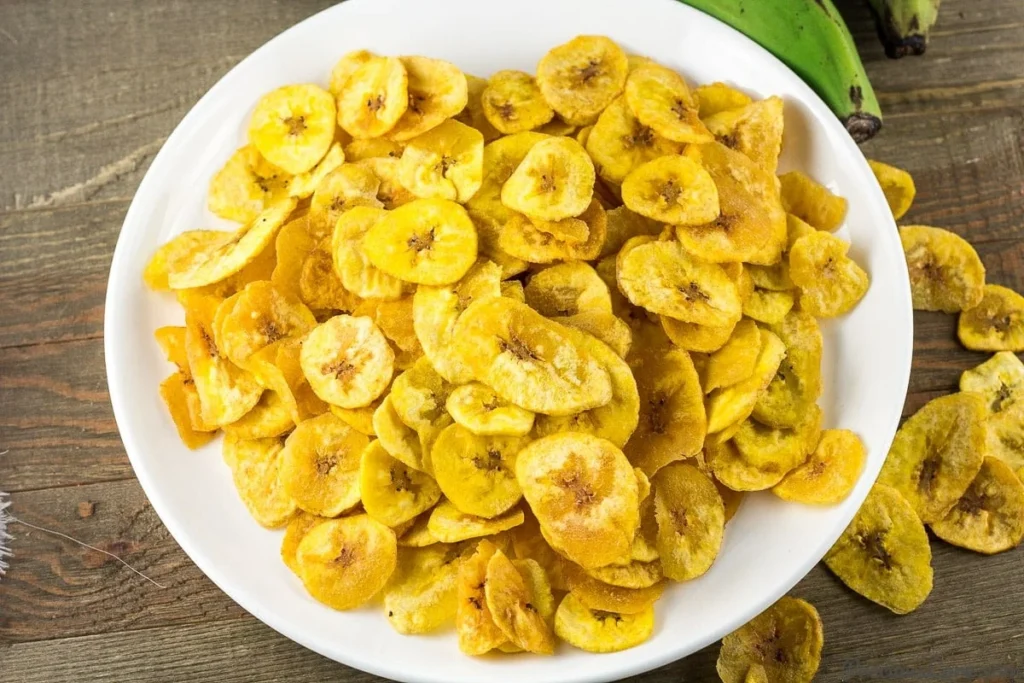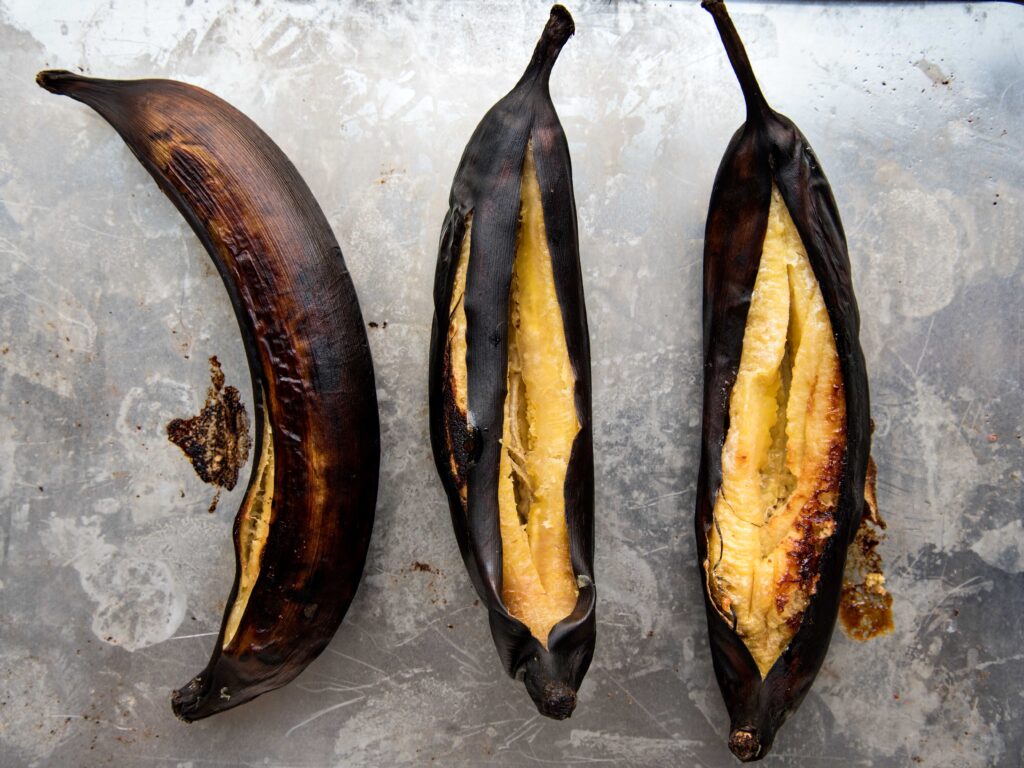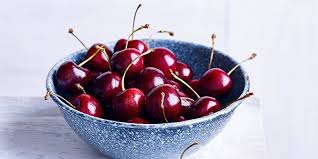Many fruits have been very important in human history. They’ve been food, symbols in culture, and reasons for people to explore and learn about plants. Looking at history through fruits shows us just how much some types of fruit have changed the world.
Table of Contents
Important Fruits for Ancient People
Old civilizations depended on certain fruits for food and energy. Dates were really important in places like Mesopotamia, Phoenicia, and Ancient Egypt. People liked them because they were sweet and lasted a long time, making them good for travel and taking over new places.
Figs were also popular around the Mediterranean because they were full of nutrients and easy to grow. Grapes did really well in places like Egypt and Rome, and people were making wine from them as far back as 5400 BC. Pomegranates were special in Persia, India, and around the Mediterranean for religious reasons and because people thought they could heal.
Bananas started in Papua New Guinea and became popular in Africa and India because they had lots of energy in them. All these fruits were easy to take on trips and helped ancient people go places and trade with others. Without these fruits, our history might be very different.
Spices Caused Big Explorations
By the 1400s, rich people in Europe really wanted expensive spices like black pepper, nutmeg, cloves, and cinnamon from Asia and India. Explorers like Christopher Columbus, Vasco da Gama, and Ferdinand Magellan set out to find new ways to get these spices and avoid the Arab traders who were in control of the land routes.
Their search brought on big trips across the oceans, leading to colonies in the Americas and Asia. The need for spices led to new cultures meeting, the start of modern business, and changed who had power in the world. Places like nutmeg-filled Indonesia and pepper places in India show how much the desire for spices changed history.
Sugar Farms and Colonial Times
Starting in the 1500s, growing sugarcane was a big part of the economy in places like the Caribbean and the Americas. The work was done by enslaved Africans. Sugar became cheaper, so more people in Europe started eating it and it became a trend.
The cruel trade in sugar was shaped by countries in Europe, West Africa, and the Americas being connected by abuse and violence, and its effects lasted a really long time. Products like rum, molasses, and sweets became a usual part of eating and tradition. The money from sugar farms also helped build things, like many buildings in 18th-century London which were paid for with money from Jamaica.
Finding New Fruits on Adventures
When European countries made colonies far away, they sent scientists on trips to study plants and animals. These adventures found lots of new fruits like pineapple, papaya, guava, passionfruit, cranberry, blueberry, and tomato from the Americas, and fruits like mangosteen, rambutan, durian, and jackfruit from Asia.
Australia had fruits like finger lime and riberry. Botanists such as Joseph Banks, David Nelson, and William Bligh might not be famous, but their work helped us learn a lot about plants. These new fruits made food in Europe tastier and sparked interest in plant breeding and growing methods. The journeys of these botanists were important for plant science.
Citrus Fruits Stopped Scurvy on Ships
Citrus fruits like lemons and limes were really important for sailors in the 1700s. Scurvy, a disease from not having enough Vitamin C, was killing a lot of sailors on long trips. While people thought any fresh fruit could help, only citrus fruits stayed good long enough.
Doctor James Lind found out that juice from citrus fruits could stop scurvy. This let ships travel further and saved many lives. It also helped countries with big navies spread their control over the seas. Because of these small fruits, traveling by sea changed a lot.
Apples in Stories and Beliefs
Some fruits are famous because of stories and religions. Apples, for example, are often seen as the forbidden fruit in the story of Adam and Eve in the Bible. Even though the Bible doesn’t say what the fruit was, apples have become a symbol for this story.
People think of apples as having to do with temptation and wrong-doing, but also as signs of wisdom, love, and youth. They’re a strong symbol in Western culture.
Mangoes and Buddhist Stories
In Hindu and Buddhist stories, mango trees were made by Buddha for shade. Another story says a mango tree grew because of a contest between two kings. Because of these stories, mangoes are seen as good luck in South and Southeast Asian cultures, and they also mean love and life, even showing up in old books like the Kama Sutra.
To Wrap Up
Looking at fruits and their role in history, we see that some fruits were really important for old societies to grow. Europeans looking for spices led to big discoveries. Sugar farms were a big part of colonial times and not in a good way. Scientists finding new fruits on their trips helped plant science a lot. Citrus fruits made it safer to travel by sea, and fruits like apples and mangoes became powerful symbols because of stories and beliefs. Fruits have shaped not only the way we eat but also our culture and knowledge for thousands of years.









